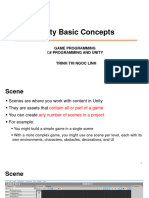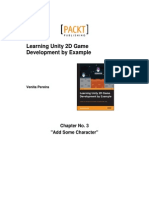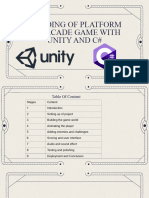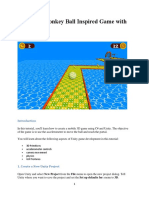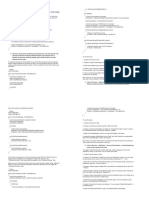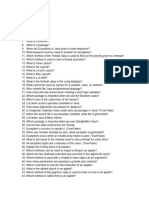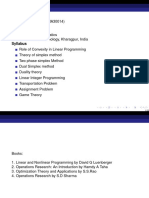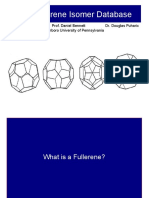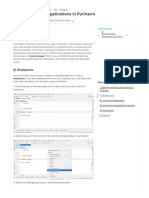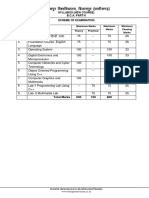0% found this document useful (0 votes)
44 views4 pagesFinal 2D Platformer Dev Project With Definitions
The document outlines the development process of a 2D platformer game called 'Shadow Leap' using Unity, covering aspects such as game concept, design, programming, and deployment. It includes C# code examples for player movement, enemy AI, collectibles, and UI management, aimed at postgraduate learners in game development. Additionally, it defines key terms and components used in 2D game development within Unity.
Uploaded by
gajanankodare2016Copyright
© © All Rights Reserved
We take content rights seriously. If you suspect this is your content, claim it here.
Available Formats
Download as DOCX, PDF, TXT or read online on Scribd
0% found this document useful (0 votes)
44 views4 pagesFinal 2D Platformer Dev Project With Definitions
The document outlines the development process of a 2D platformer game called 'Shadow Leap' using Unity, covering aspects such as game concept, design, programming, and deployment. It includes C# code examples for player movement, enemy AI, collectibles, and UI management, aimed at postgraduate learners in game development. Additionally, it defines key terms and components used in 2D game development within Unity.
Uploaded by
gajanankodare2016Copyright
© © All Rights Reserved
We take content rights seriously. If you suspect this is your content, claim it here.
Available Formats
Download as DOCX, PDF, TXT or read online on Scribd
/ 4




